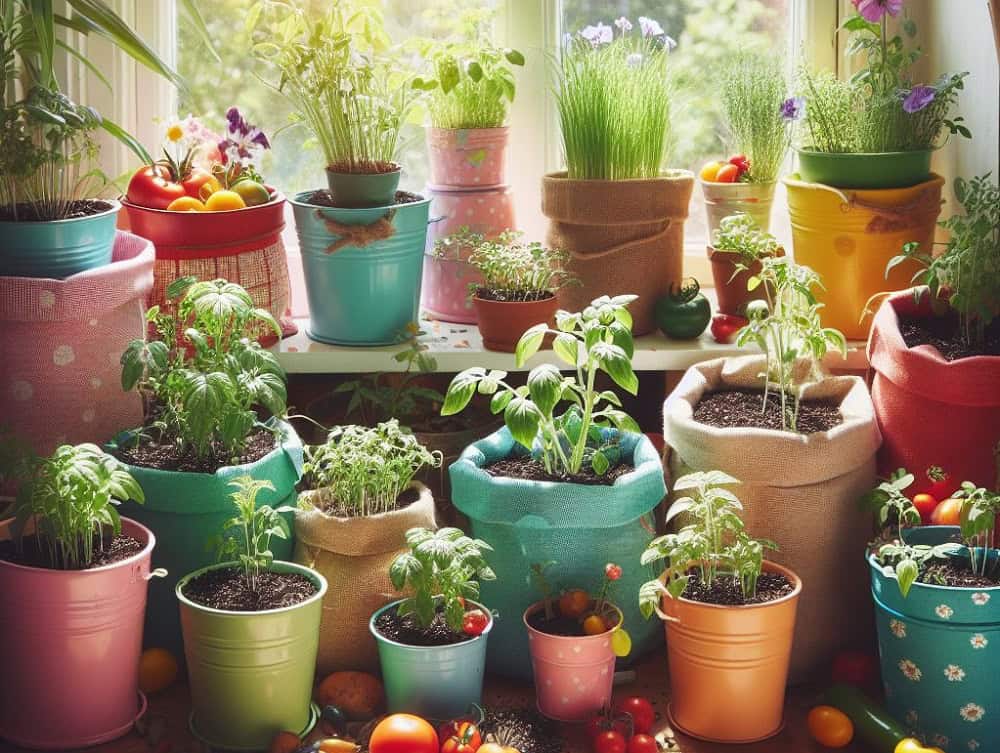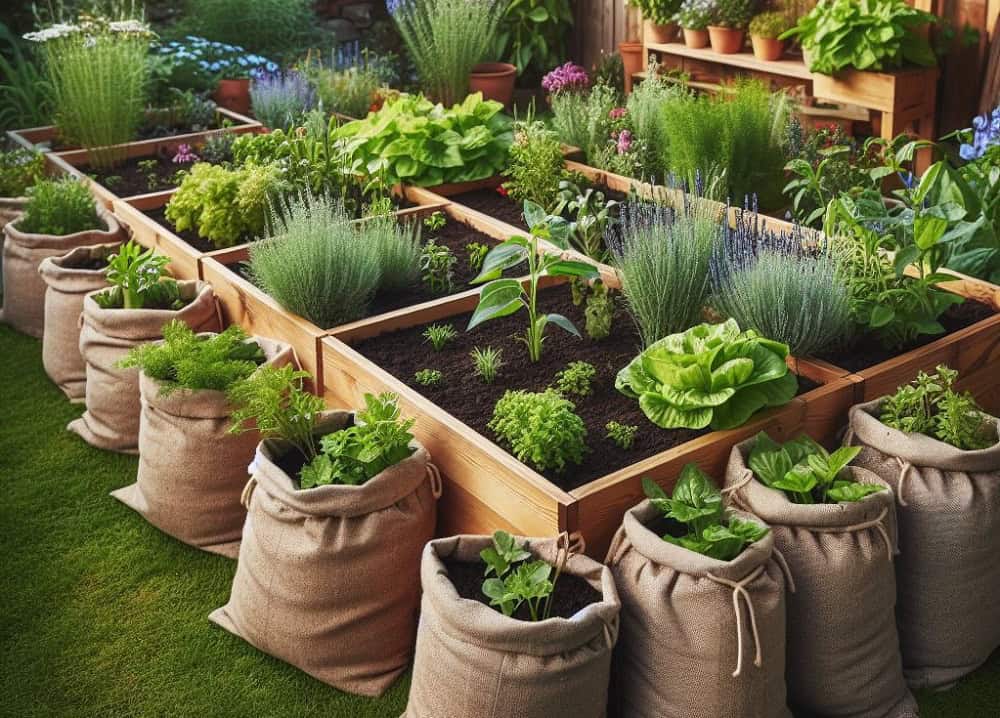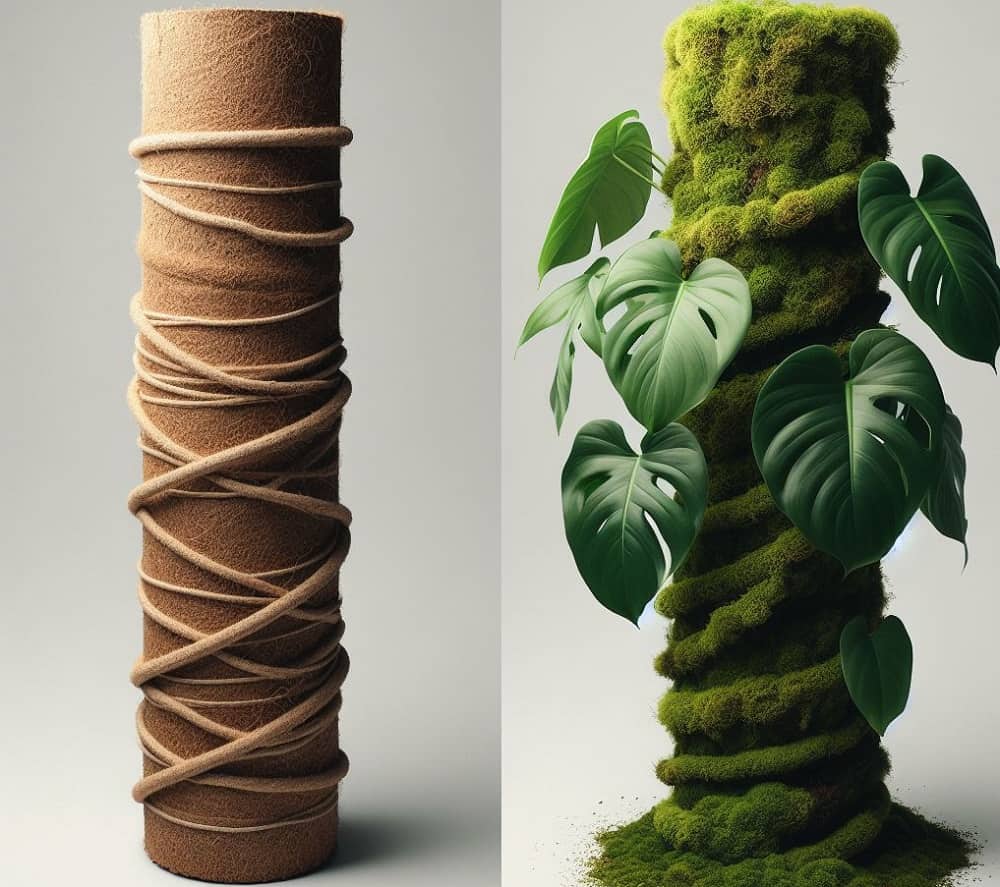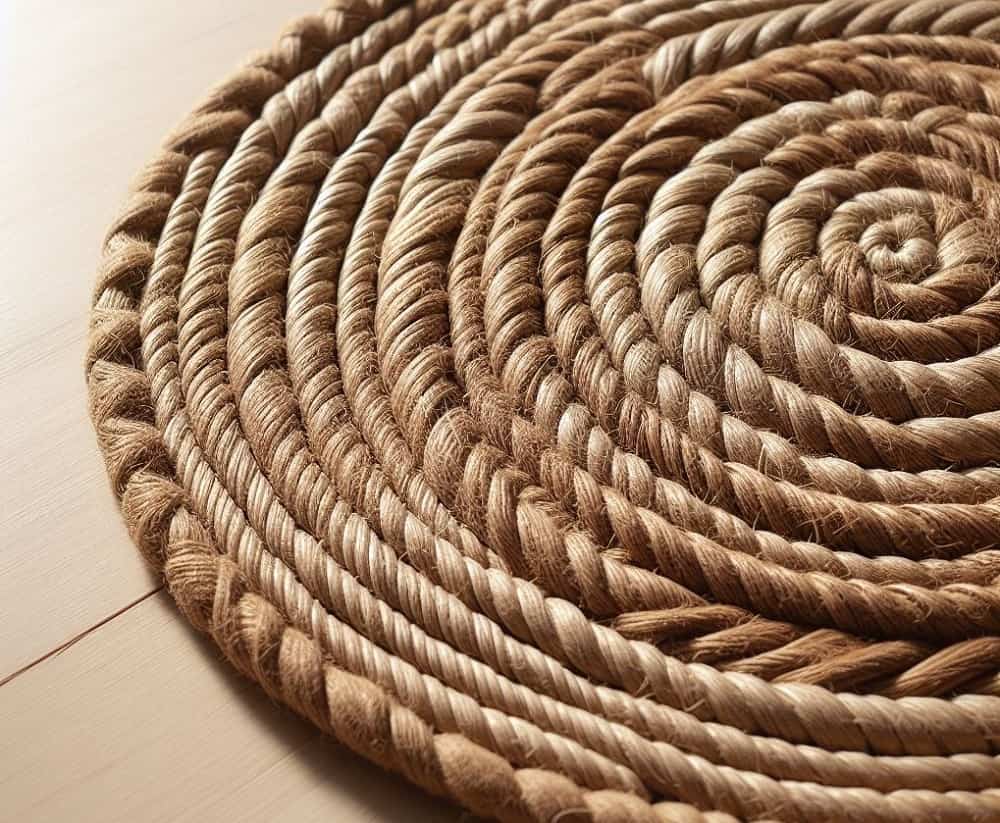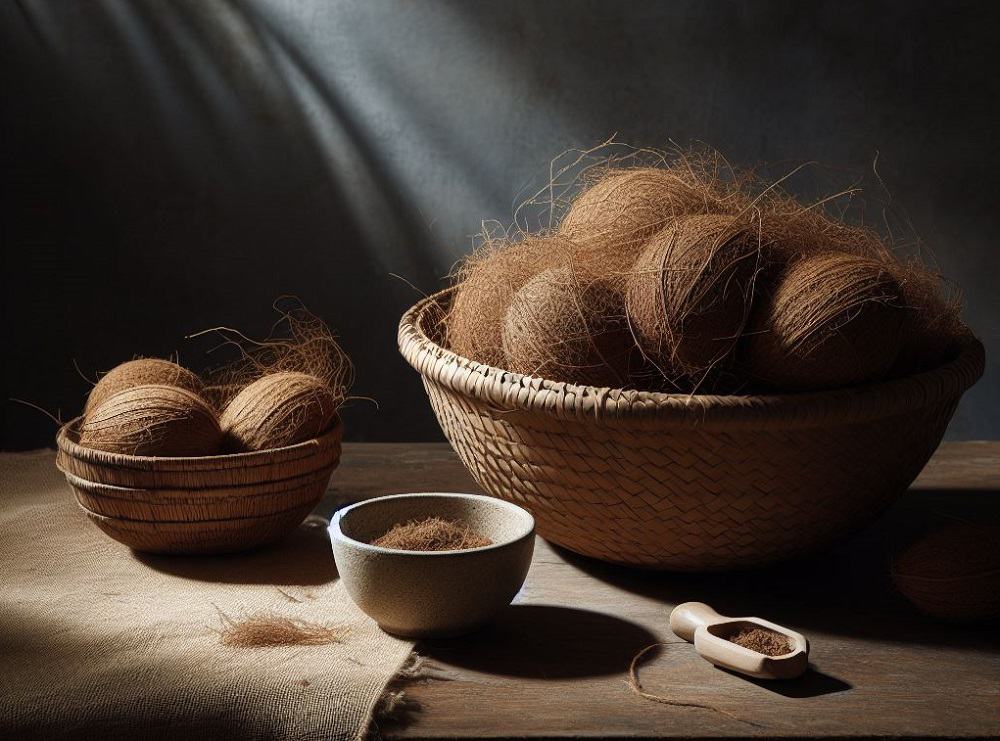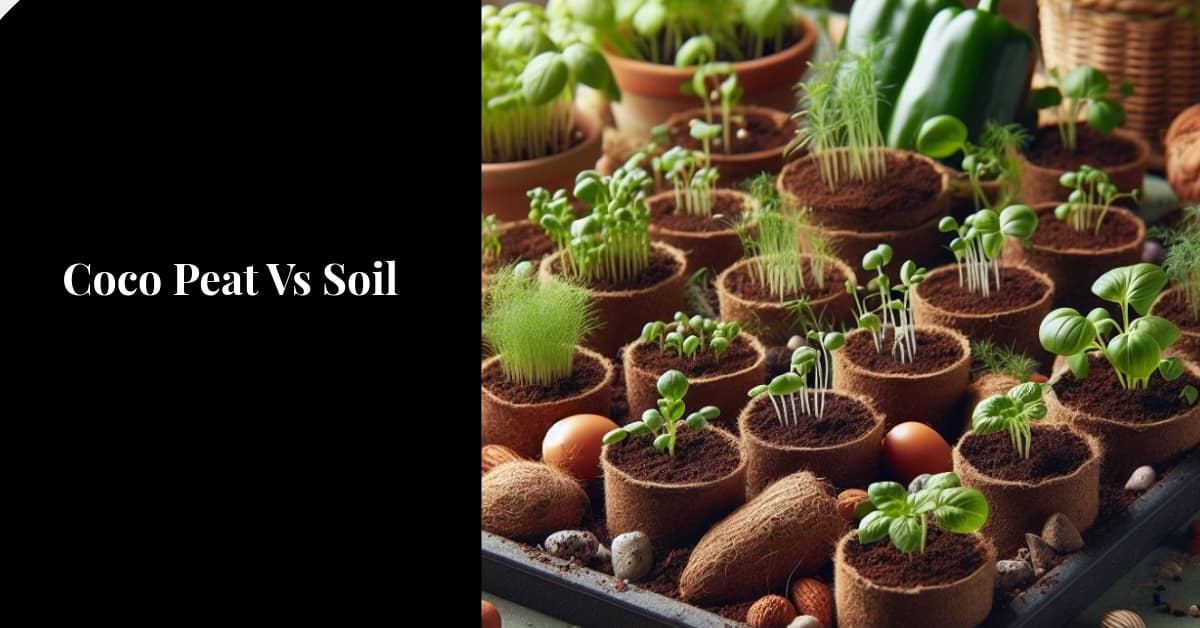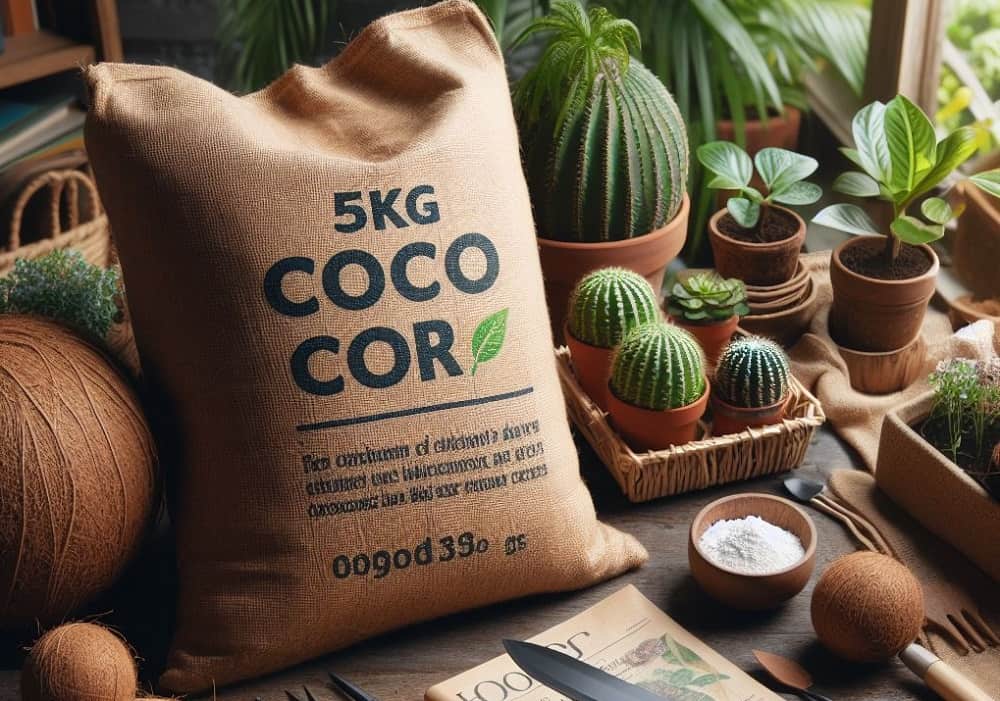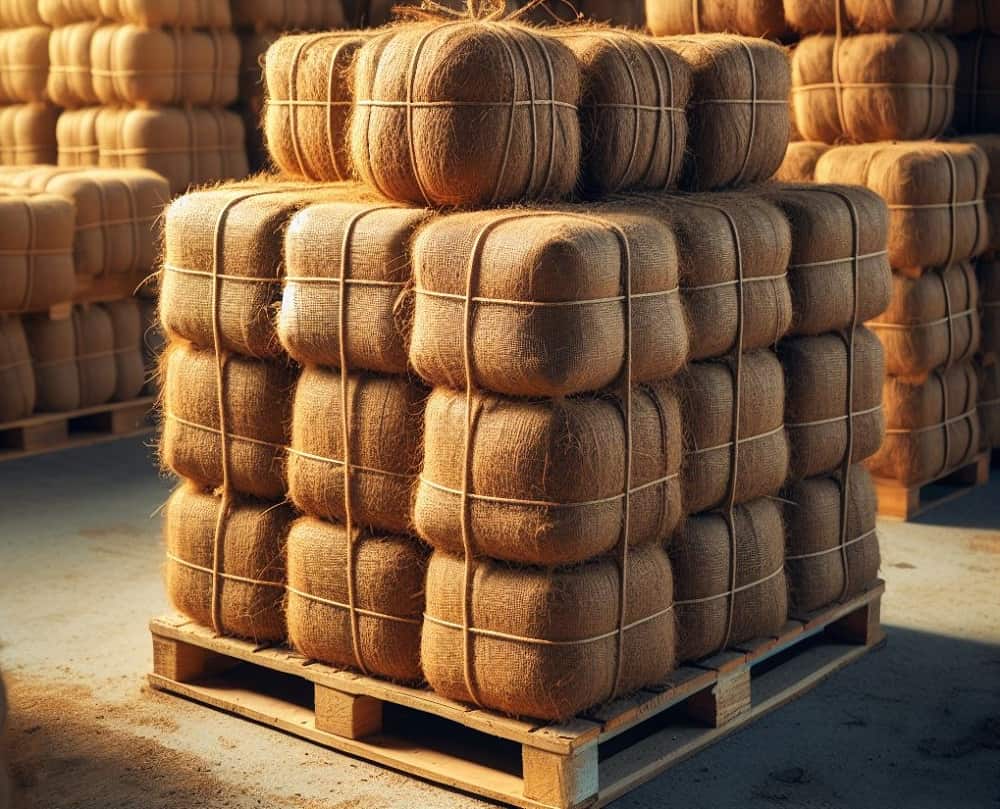Today we will discuss what are the differences between growing in a Grow bags vs buckets. Let’s see what each has to offer and what is best for your growing needs.
Grow Bags
Grow bags are a growing medium that is a convenient solution for gardeners when they are short of place. It’s a plant filler and is used for growing plants. It’s best used in gardening when you have a small place and want to use your place efficiently Growbags can quickly change into a well-established lush green healthy landscape.
Growbags have been used since the 1970s for use in homes and since then It has also expanded to the farming and gardening market. Before grow bags were common or introduced, greenhouse soil was sterilized and replaced every season to prevent the crops from pests and diseases in the ground.
Grow bags use soil organic materials like coir, peat, composted, bark, or wood chips. Other sufficient nutrients are also added and plantation and water are required by the Gardner. They are available in different formulations and sizes. Earlier Grow Bags were made from plastic initially, but now grow bags are available from Jute to fabrics. Grow brags provide very good water drainage. The extra moisture drains out so there is where little risk of roots from rotting.
Choosing the Best Grow Bags
Choosing the best grow bags is an important task. Look for grow bags that have heavy-duty fabric and are probably made from polypropylene. This is a food-grade type material and free from anything harmful and long-lasting. Another popular fabric for grow bags is polythene which is from recycled plastic bottles. Make sure the bags you are using have handles as they will be easy to move.
Grow bags of good quality can last up to 8 seasons if the material they are made of is durable. Whether you are filling the entire bag or doing container gardening it can easily last a few years.
Let’s walk over the Advantages of using Grow Bags in detail
Less Space Needed: By using grow bags for your garden, you have more opportunities. Grow bags are available in different sizes so you can find one that is large enough and suitable for your plan to grow. Using grow bags does not require extra or a lot of space. It is a great way of growing in a small limited space.
Easy Harvesting: The best way of using grow bags is the convenience of harvesting crops. Many grow bags have flaps in the side and you can take the tubers you need. When harvesting sweet potatoes and new potatoes you will not have to dig around with the garden fork.
Attract Pollinators: If you plan to attract pollinators in the garden and want to add color then you can scatter grow bags and plant the flowers in them.
Easy Handling: Grow bags are easier to handle and can be moved around easily for a better location. Growbags can be lifted with handles or rollers.
Crop Rotation: By using Grow Bags, you can practice crop rotation. It can be helpful if you grow many crops of the same family.
Buckets
If you have run out of your garden space then using buckets to grow your plants is a good alternative that could be taken into consideration. Tomatoes along with other vegetables grow well in a container. The bucket can be both from your local hardware store. The use of buckets for your gardens has been here for long. It’s an inexpensive alternative that can fit in most spaces and allows easy control of water nutrients and harvest.
Buckets are a lifesaver if you forget to water your plants regularly, the reason is these pots are non-porous and do not allow the water and moisture to escape. Plastic pots are favorable for those plants which grow better in moist soil.
Vegetables grown in buckets are convenient and fun, put in use of old plastics with gardening for a healthy harvest. Tomatoes are generally commonly grown vegetables as they need a large root space and a big surface area. While using a bucket can control soil and lighting.
A short comparison between Grow Bags and Buckets
A Healthy Root System:
In the bucket, the roots at the bottom entangle themselves and it increases oxygenation and water stagnation problems. Large buckets lack a drainage system of water. In growing brags then the roots reach the end of the fabric container it is breathable and the dried sild is exposed to air. This will limit the growth. Through this, it prevents the overgrowth issue and eliminates the risk of grinding the root system. Once the air is purified it will have fibrous roots and will be good to absorb water.
Watering Tip:
The use of buckets requires less watering as there are no holes or drainage systems. However, overwatering the plants can cause plants to drown. On the other hand, grow bags require more watering as it has an excellent drainage system.
Temperature Control:
In hot weather grow bags can absorb all the heat as it is breathable and can adjust the temperature, whereas the bucket can absorb all the heat and cook the plants.
Storage:
Buckets cannot require space to store for use as they cannot be folded and occupy a decent space, whereas grow bags can easily be folded and stored in a cupboard.
Durability:
Plastic pots are inexpensive but may not be used for long times and might need replacement after a couple of new growing seasons, whereas grow bags also might need replacement after every 3 years.
After having a look at the pros and cons of both it is safe to say both Grow bags and use of buckets are good to use for their reasons. Depending upon the temperature conditions, environmental conditions, and type of plant you can choose the one that best fits you.
Now you know which is best between Grow bags vs buckets, Contact Earth Scape a leading coir grow bags manufacturers to order coir grow bags.

